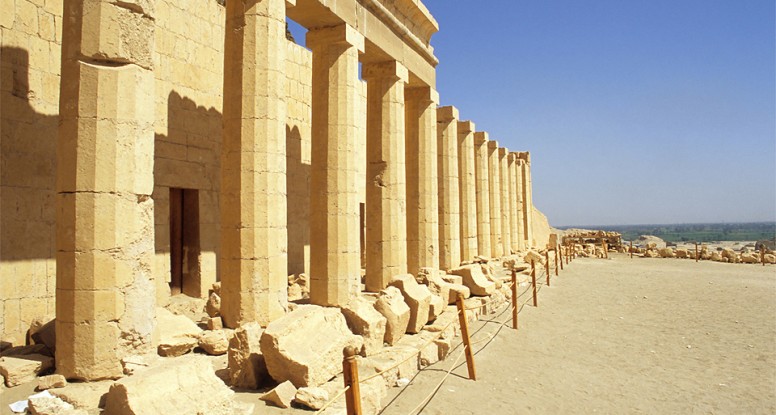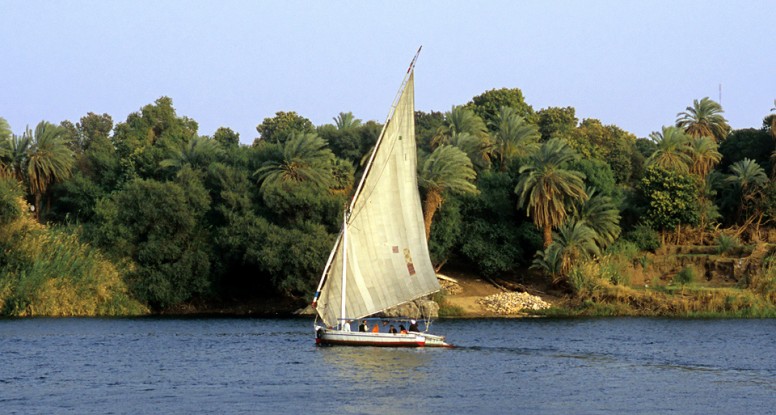Opposite the city of Luxor, on the western bank of the river Nile lies the site of Deir el-Bahri, which translates as “Northern Monastery”. Separated from the tombs in the Valley of the Kings only by the mountain ridge stretching to the east from Al-Qurn, Deir el-Bahri is another famous complex of mortuary temples and […]
Read More ›The mortuary temple of Ramses III at Medinet Habu, built in New Kingdom times on the western bank of the Nile close to Luxor, is a well preserved temple, set within an almost rectangular mudbrick enclosure with a pylon from Ptolemaic times. The temple features – in order starting at the great entrance – a […]
Read More ›The main archeological attraction of Luxor is the temple of Amun, Mut, and Chons. This temple from the 14th century BC went through major expansions under Ramses II and a restoration by Alexander the Great. Later it fell into disrepair and still in the 19th century AD it was vastly covered under sand and sediments […]
Read More ›The temple complex of Karnak near Luxor is certainly the largest and one of the most impressive in all of Egypt. After construction began in the 16th century BC, around 30 different pharaos expanded the site and left their marks in later centuries. The central and largest temple is known as the precinct of Amon-Re […]
Read More ›Without the Nile river there would be no Egypt. At least not the Egypt we know today, with its rich history and magnificent monuments of the ancient past. With its yearly summer floods as a source of water and fertile soil, the river gave life to the desert and made agriculture possible, which could feed […]
Read More ›The large and impressive Ptolemaic temple of Horus at Edfu is one of the best preserved temples in all of Egypt – the term ‘ruin’ would certainly be ill-chosen. Therefore it gives the most complete image of a typical Egyptian temple complex. It was constructed and further expanded during the first three centuries BC, located […]
Read More ›





